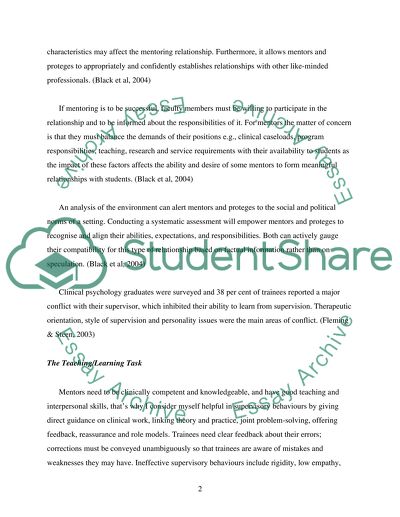Cite this document
(“Clinical Mentorship in Nursing Essay Example | Topics and Well Written Essays - 1500 words”, n.d.)
Clinical Mentorship in Nursing Essay Example | Topics and Well Written Essays - 1500 words. Retrieved from https://studentshare.org/miscellaneous/1510049-clinical-mentorship-in-nursing
Clinical Mentorship in Nursing Essay Example | Topics and Well Written Essays - 1500 words. Retrieved from https://studentshare.org/miscellaneous/1510049-clinical-mentorship-in-nursing
(Clinical Mentorship in Nursing Essay Example | Topics and Well Written Essays - 1500 Words)
Clinical Mentorship in Nursing Essay Example | Topics and Well Written Essays - 1500 Words. https://studentshare.org/miscellaneous/1510049-clinical-mentorship-in-nursing.
Clinical Mentorship in Nursing Essay Example | Topics and Well Written Essays - 1500 Words. https://studentshare.org/miscellaneous/1510049-clinical-mentorship-in-nursing.
“Clinical Mentorship in Nursing Essay Example | Topics and Well Written Essays - 1500 Words”, n.d. https://studentshare.org/miscellaneous/1510049-clinical-mentorship-in-nursing.


